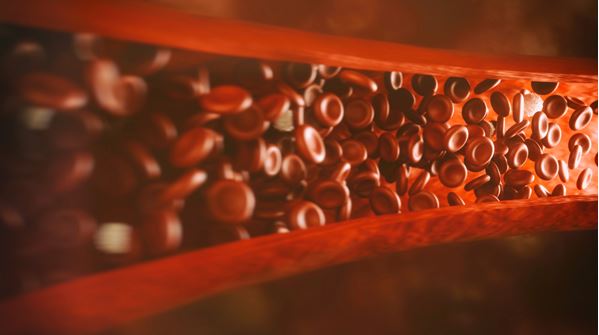
Did you know that over 2 million Americans each year are affected by blood clots?
While that statistics might sound scary, there’s no need to panic. This serious medical condition is often preventable and easy to treat.
In this article, we’ll teach you how to prevent blood clots, and what to do if you get one. Keep reading to learn more!
How to Prevent Blood Clots
Blood clots also called deep vein thrombosis, often occur in people who can’t move around well or who are recovering from a recent surgery or injury.
While exercising and staying active is the number one way to prevent blood clots, you can also reduce your risk by:
- Wearing loose-fitting clothing, socks, or stockings
- Regularly raise your legs at least 6 inches above your heart
- Using doctor prescribed compression stockings
- Changing your body position often, especially during long trips
- Avoid sitting or standing for more than an hour at a time
- Eating less salt
- Avoiding habits like crossing your legs while seated and using a pillow under your knees at night
- Raising the bottom of your bed 4 to 6 inches with books or blocks
- Taking doctor prescribed medication like rivaroxaban
However, even with these healthy lifestyle changes and preventative measures, you could still get a blood clot. So, it’s important to know the symptoms.
Common Symptoms of a Blood Clot
Even if you’re taking steps toward blood clot prevention, you could still be at risk. Keep an eye out for symptoms like:
- New or sudden swelling in an arm or leg
- Strange or unexplained skin redness
- Intense stiffness, soreness, or pain in an arm or leg
- An isolated throbbing or warm spot on an arm or leg
If you experience any of these symptoms, call your doctor or visit the emergency room right away! Blood clots that form in the arms or legs can break loose and move to other body parts, including the lungs.
While uncommon, a clot in your lungs, called a pulmonary embolism, can be life-threatening.
Blood Clot Treatment
If you are diagnosed with a blood clot, your doctor will likely prescribe medication to treat it. This type of medicine is called an anticoagulant or blood thinner and typically requires a specific treatment plan.
- During the first week of treatment, you will use a fast-acting thinner, such as heparin injected under the skin either at home or in a doctor’s office
- You will also start taking oral anticoagulant like coumadin or warfarin
- After a week or more of using both types of medication, you will stop taking injections; but you may continue taking pills for 3 to 6 months or longer
Take Action Now
Now that you know a bit about how to prevent blood clots, it’s up to you to take action. Start by reducing your risks, and identifying any symptoms that you might have.
And, if you think you have a clot, don’t wait to speak with your doctor. Prevention and early treatment are the best methods for handling this serious medical condition.
If you found this article helpful, be sure to check out the rest of our blog. It’s packed with tips for health, wellness, lifestyle, and more!
Interesting related article: “What is Health?“

